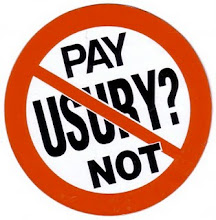“In Europe during the Middle Ages – the 10th to 13th centuries – local currencies were issued by local lords, and then periodically recalled and reissued with a tax collected in the process. Again, this was a form of demurrage that made money undesirable as a store of value. The result was the blossoming of culture and widespread well-being, corresponding exactly to the time period when these local currencies were used.
Practically all the cathedrals were built during this time period. If you think about what is required as investment for a small town to build a cathedral, it’s extraordinary.
The question arises: with similar currencies, what would the cathedrals of the 21st century look like?“
Bernard Lietaer
Margrit Kennedy famously established that 45% of prices are related to capital costs. The more capital intensive an industry is, the higher this percentage becomes and no industry is more capital intensive than construction.
The incredible facts are these:
1. In construction a whopping 75% of prices are related to costs for capital. Meaning that if we buy a new $100,000 home, $75,000 is lost to banks and other financiers.
2. When we buy the house with a mortgage, we will not only pay $100,000 for the house, but an additional $150,000 in interest over 30 years.
3. So we pay a total of $250,000 for a house that actually costs no more than $25,000 to build.
The case against Interest can be no clearer than this. We get absolutely nothing in return for all this money.
It’s not just the Cathedrals: what would our homes look like without Interest?
Even at very low interest rates the loans quickly become punitively expensive. And leaves the monetary system intrinsically unstable to boot.
“Monetary reform” that does not address interest is a hoax. (snip)



0 Comments:
Post a Comment
<< Home